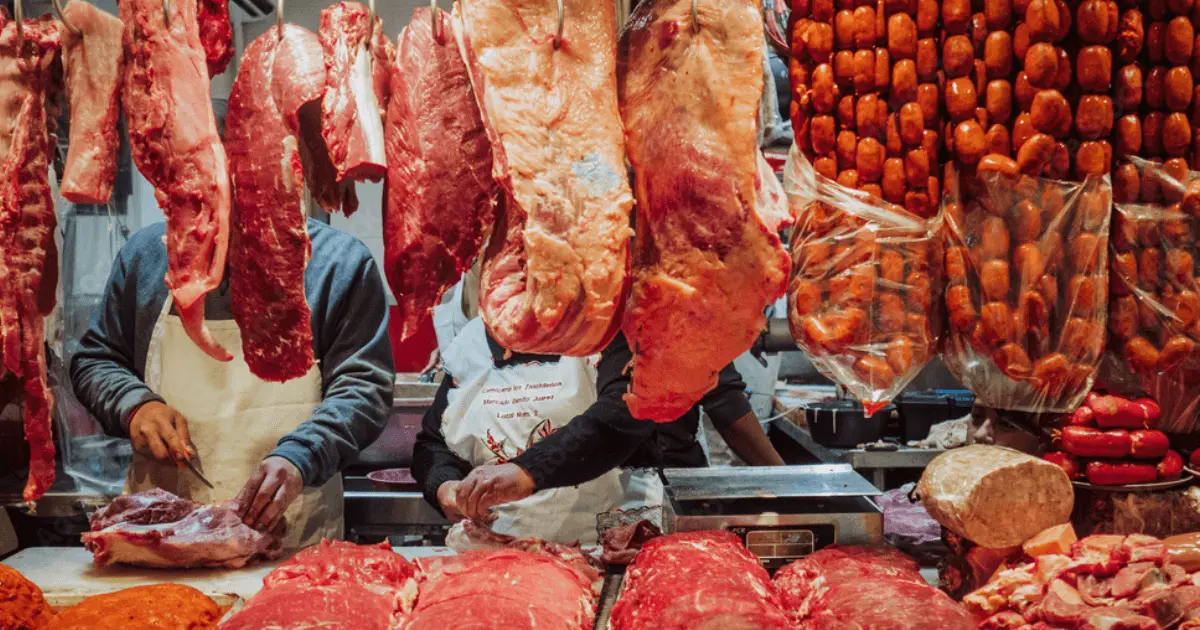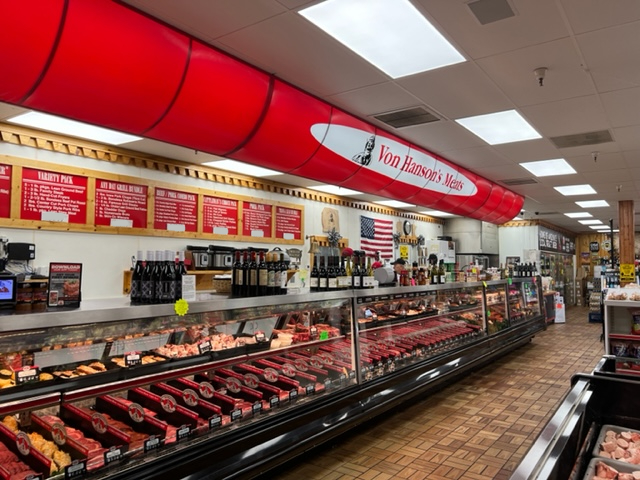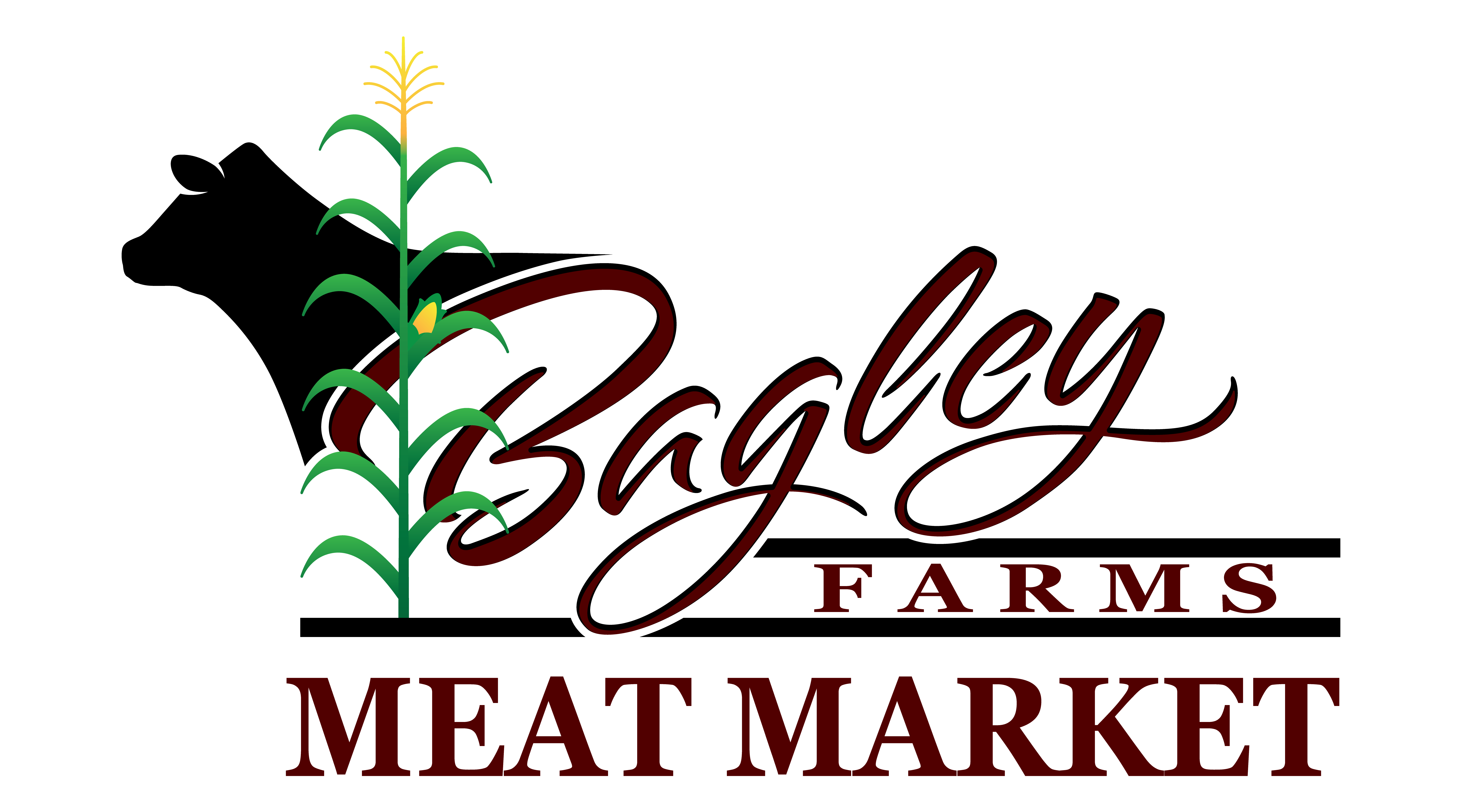Why Residents Love Bagley Farms Meat Market Edwardsville IL for Their Meat Buying
Reveal the Art of the Butcher's Cut in a Modern Meat Market
In the ever-evolving landscape of modern meat markets, the butcher's cut has actually transcended its traditional origins, merging olden craftsmanship with modern techniques. What genuinely establishes the contemporary butcher apart is their capacity to create a much deeper connection between customers and the origins of their meat.
Advancement of Butchery Techniques

The mid-20th century saw butchery strategies additionally fine-tuned by scientific understandings right into muscle mass biology and meat aging, enhancing both inflammation and preference. Advancements like vacuum product packaging and refrigeration expanded item shelf-life, allowing butchers to diversify offerings and boost quality assurance. This period additionally noted the rise of customized tools, such as band saws and meat slicers, which enhanced precision and performance in meat processing.
Digital systems currently aid in tracking pet provenance and enhancing cuts to satisfy specific client choices. Additionally, a renewal in artisanal butchery has emerged, mixing traditional abilities with modern-day understanding to provide to customers seeking honest and lasting meat options.

Comprehending Meat Cuts

Understanding the intricacies of meat cuts is essential for both butchers and customers looking for high quality and value. Each cut comes from a various component of the animal, imparting unique tastes, structures, and cooking methods. Proficiency of these differences not only boosts cooking experiences but also makes the most of the energy of each carcass. For butchers, specific cuts show skill and regard for the craft, guaranteeing minimal waste and optimum yield.
The primary classifications of meat cuts include primitive, sub-primal, and retail cuts. Primal cuts, such as the loin, rib, and chuck, are the big areas at first divided from the carcass. Butchers then damage these down even more right into sub-primal cuts, before ultimately producing retail cuts readily available to consumers, like ribeye or tenderloin. Each phase calls for careful focus to anatomical framework and muscle structure.
Comprehending muscle structure is critical; muscles utilized extra frequently by the animal have a tendency to be harder and are best suited for sluggish food preparation approaches, while less-used muscles, like those found in the loin, are a lot more tender and perfect for grilling or roasting. Experience with these distinctions empowers consumers to make educated options, boosting their culinary endeavors.
Selecting Quality Meat
Choosing the right meat involves more than simply selecting an aesthetically enticing item from the screen. The art of picking top quality meat requires a critical eye and understanding of certain qualities that symbolize freshness and excellence. Firstly, take note of the shade; beef needs to have a brilliant, cherry-red color, while lamb ought to exhibit a soft pink tone, and pork a light pink. This shows the meat is fresh and hasn't been subjected to oxygen for too lengthy.
Secondly, think about the marbling, which refers to the white streaks of fat within the muscle. Correct marbling is an essential indication of tenderness and taste, as it melts throughout cooking, boosting the meat's juiciness. Keep in mind, go to this site greater marbling typically correlates with superior top quality cuts, such as USDA Prime.
Structure is an additional vital factor; meat must feel solid to the touch, not slimed or overly soft. In addition, bear in mind the fragrance. Fresh meat needs to have a clean, neutral scent, devoid of any kind of sour or repulsive odors.
Combining Cuts With Cooking Techniques
Efficiently pairing cuts of meat with the proper food preparation methods is vital for attaining optimal flavor and appearance. Various cuts vary in tenderness, marbling, and connective tissue web content, each requiring particular strategies to open their potential. As an example, tender cuts like filet mignon and ribeye, with their intrinsic marbling, gain from high-heat, quick-cooking methods such as grilling or pan-searing. These approaches enhance the meat's natural flavors and make sure a juicy coating.
On the other hand, harder cuts like brisket and chuck roast are abundant in collagen, which damages down right into jelly when prepared slowly. These cuts are perfect for braising or sluggish roasting, allowing the meat to soften gradually and establish deep, complicated flavors. Cuts such sites as brief ribs and pork shoulder get on well with slow-cooking methods, where extended cooking times transform their robust appearances into delicious meals.
Lamb shanks and oxtail, which call for long term food preparation to soften, are best candidates for stewing or slow-moving simmering. These approaches coax out rich, hearty tastes while preserving wetness. By understanding the unique features of each cut, cooks and home cooks alike can boost their cooking creations, guaranteeing each recipe is both pleasing and memorable.
The Butcher's Duty Today
Browsing the developing landscape of the modern-day meat market, the butcher's function today extends past mere click prep work of cuts. Contemporary butchers are culinary craftsmens, educators, and supporters for sustainable techniques. They bridge the void between the ranch and the fork by guaranteeing moral sourcing, comprehending pet husbandry, and prioritizing openness in the supply chain. This shift shows the growing customer demand for high quality over amount, where provenance and animal well-being are critical.
In addition to crafting specific cuts, butchers now involve straight with customers, using cooking advice and tailoring options to suit private requirements and choices. Their know-how in meat aging, marbling, and taste profiles equips customers to make enlightened decisions, improving their cooking experiences. This tailored service exemplifies the butcher's progressing duty as a trusted consultant in the cooking area.
In addition, butchers are critical in lessening waste, making use of entire animals to create diverse products such as sausages and stocks - bagley farms meat market edwardsville il. This detailed strategy not just values the pet yet also aligns with contemporary sustainability goals. In this method, the modern-day butcher personifies both practice and innovation, adjusting to an ever-changing market while preserving the artistry and integrity of their craft

Verdict
Proficiency in comprehending varied meat cuts and quality signs encourages butchers to provide educated referrals, aligning particular cuts with optimum cooking methods. By recognizing historic practices while embracing contemporary needs, the butcher's duty remains crucial in today's innovative meat market.